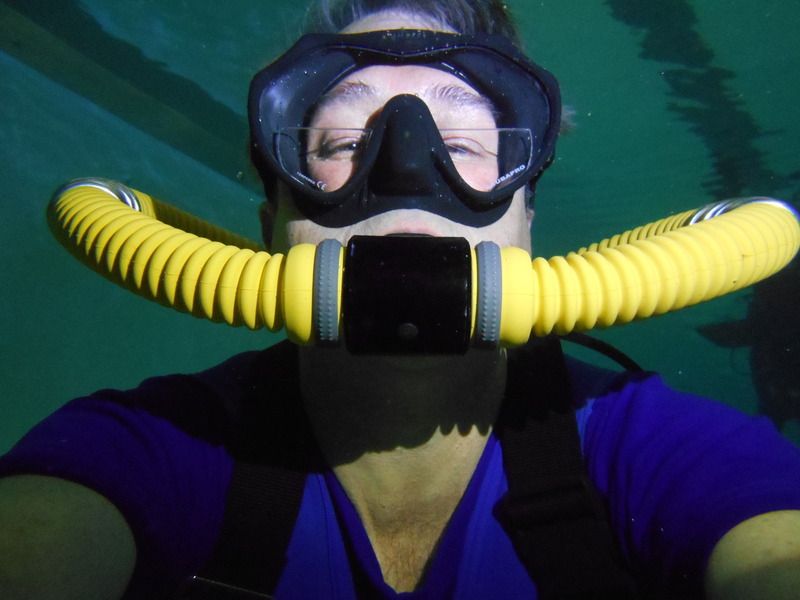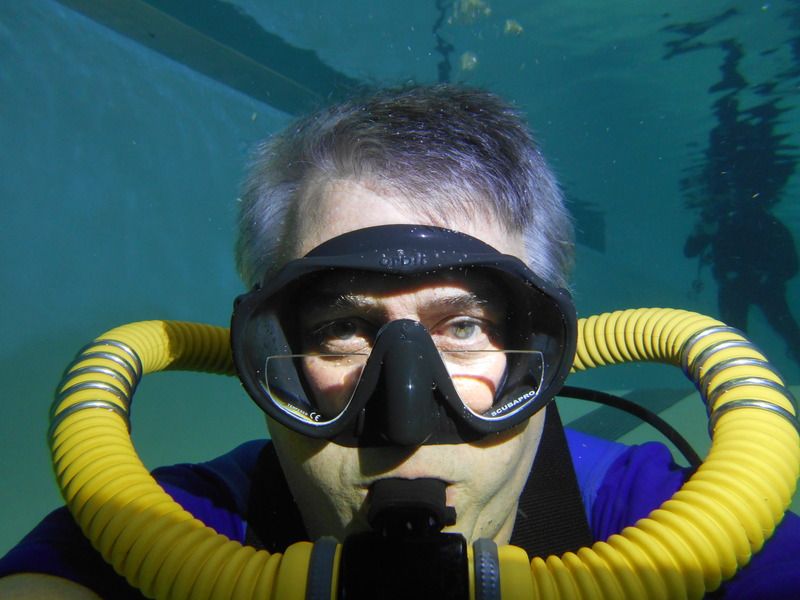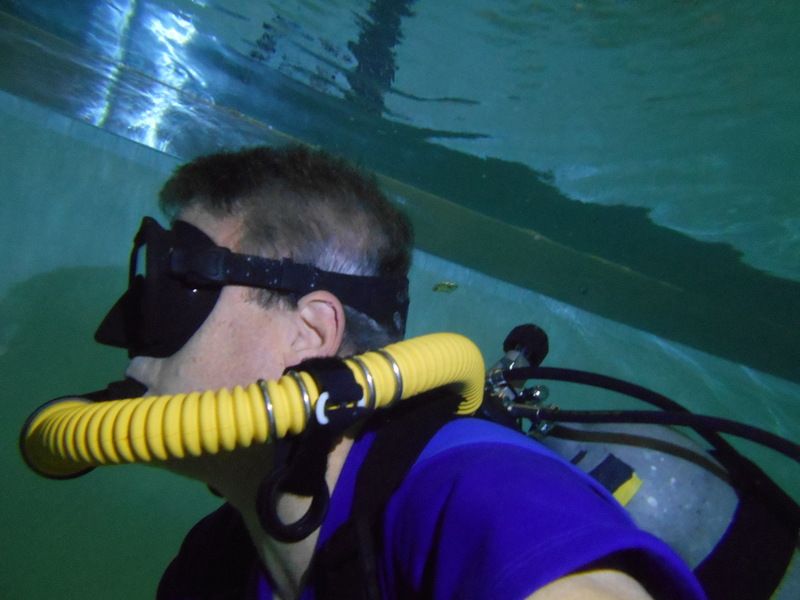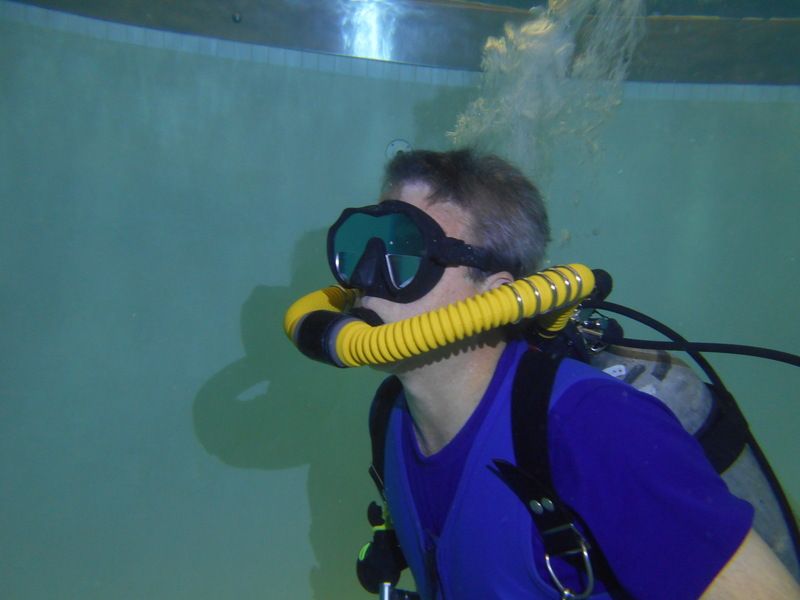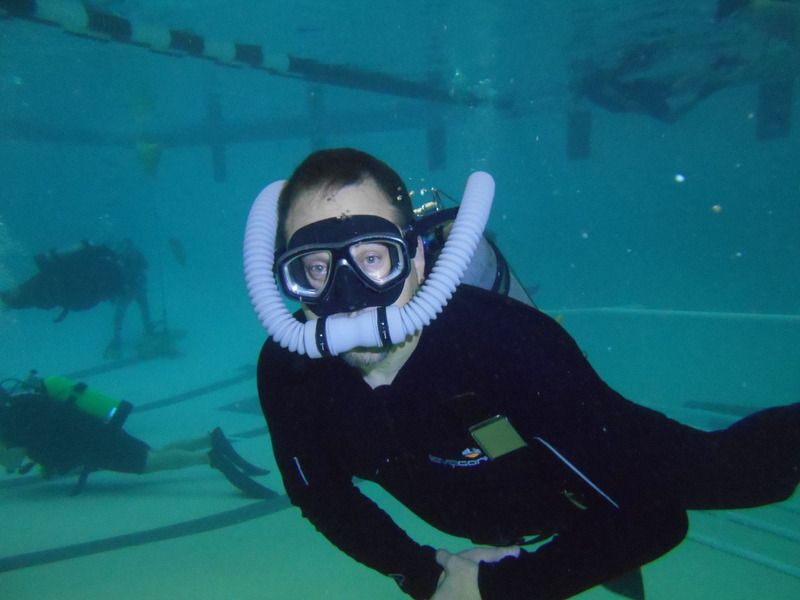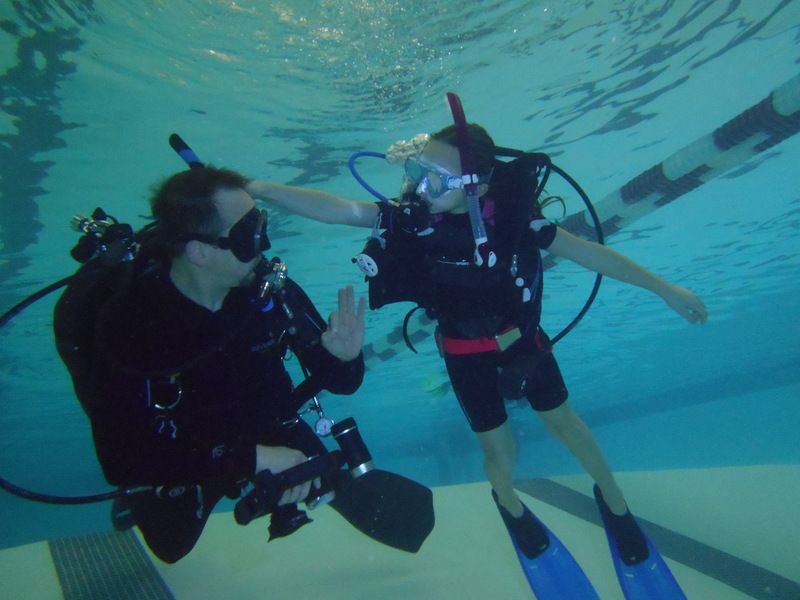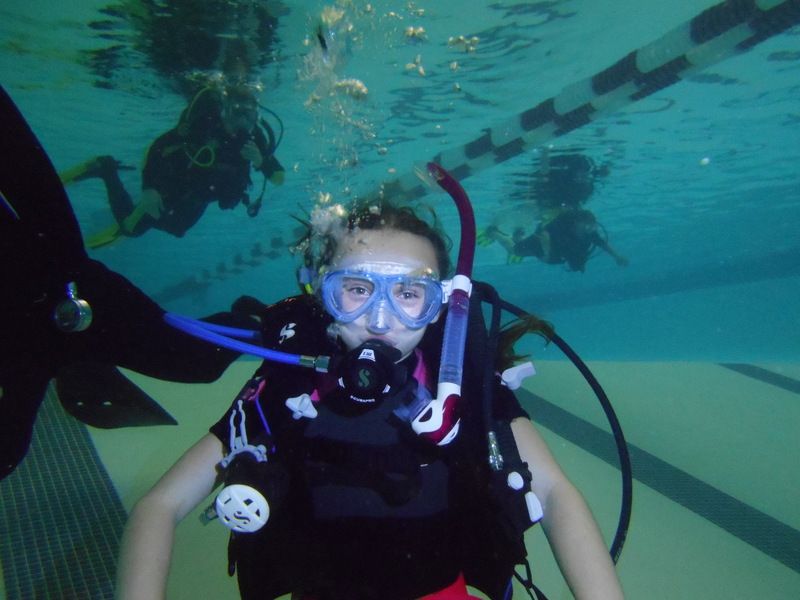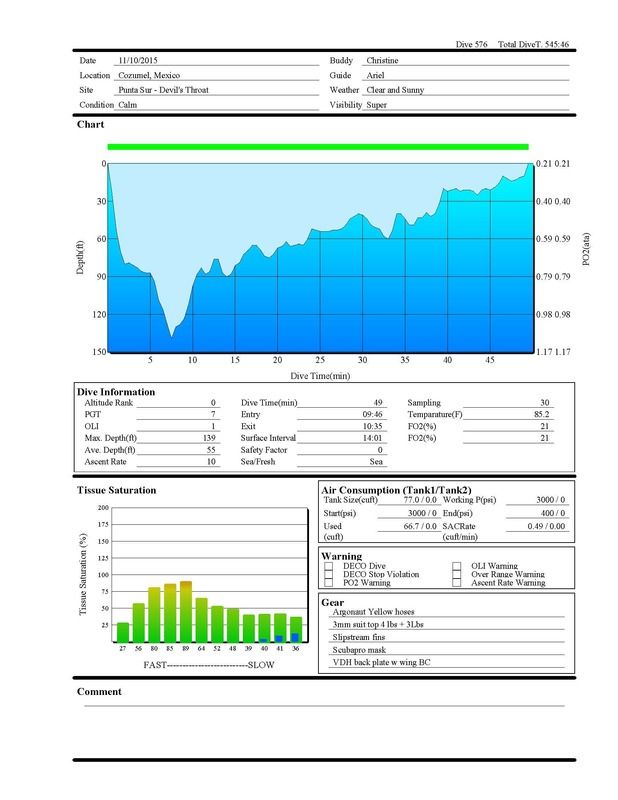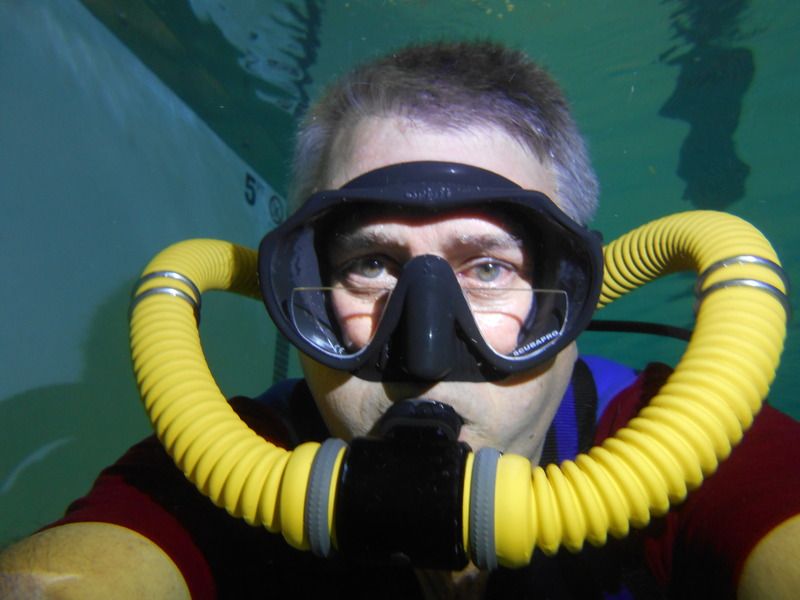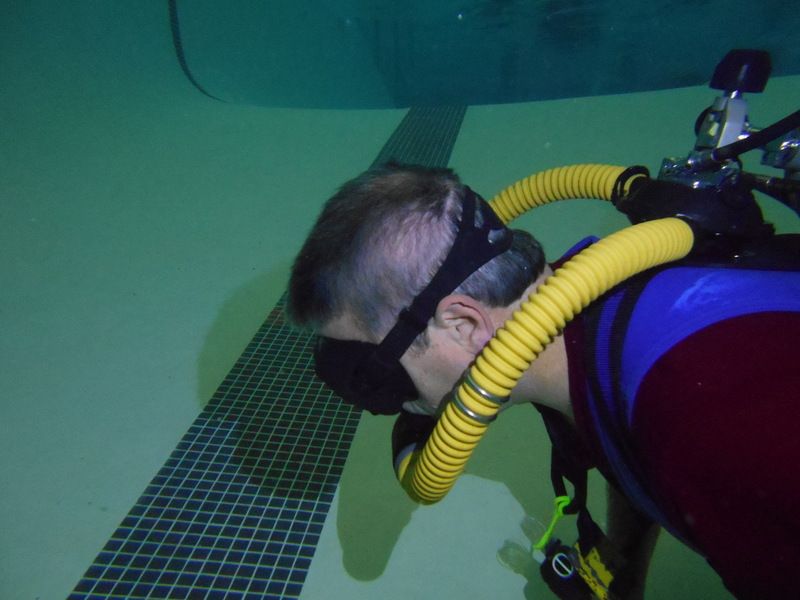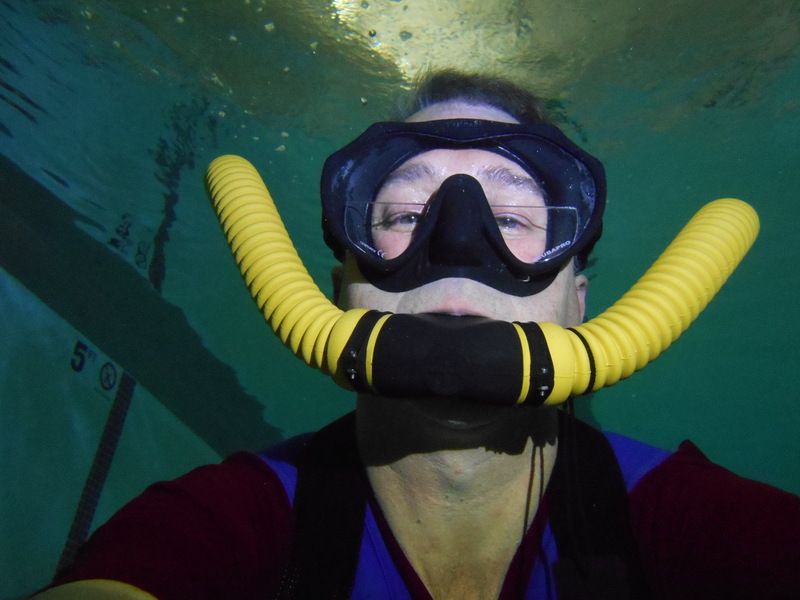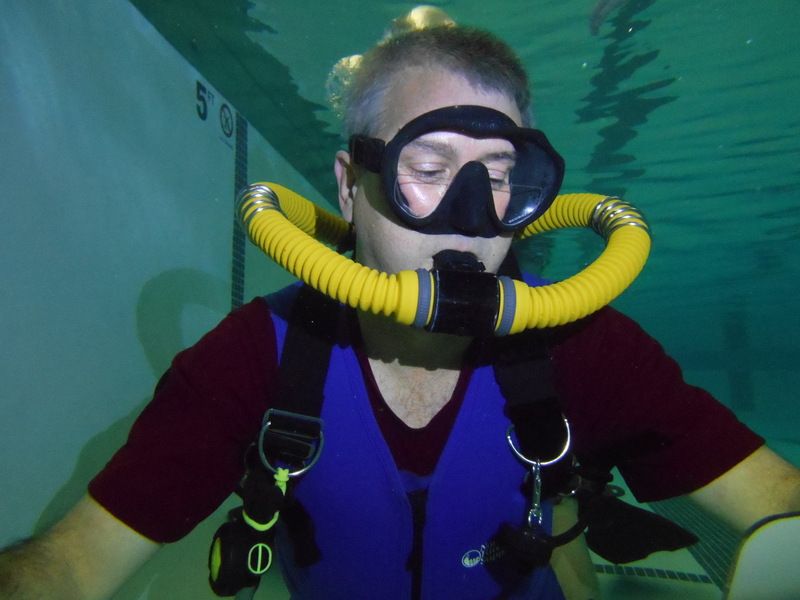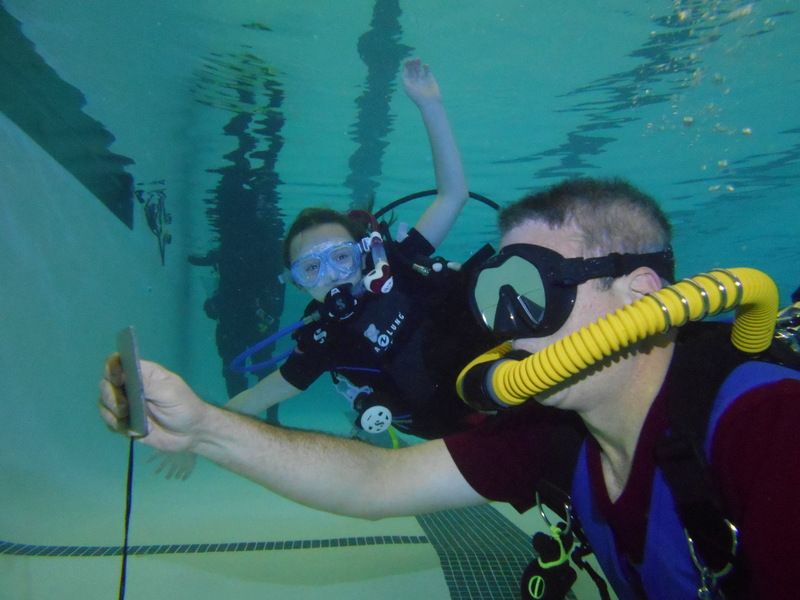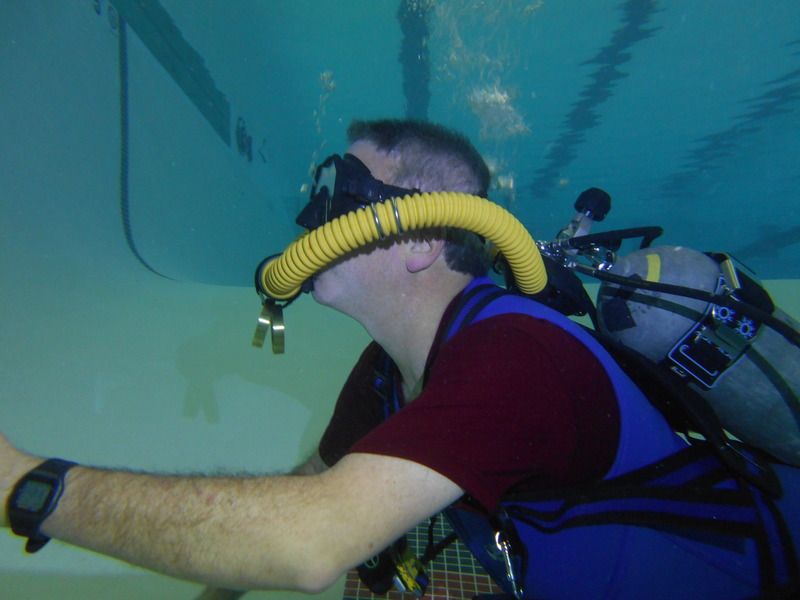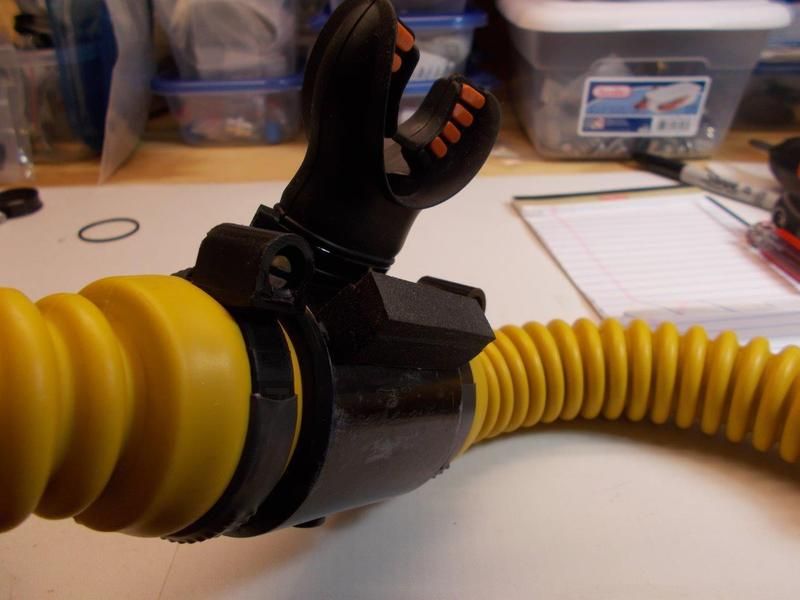It is called PC Logbook (Version 4.0) for TUSA. It is the old software for my old TUSA IQ-700.
I don’t use that computer anymore (the depth sensor became unreliable). But the dive computer is the same Seiko one that was once offered by many other manufacturers. I use the Zeagle and the IST versions of that same computer now.
I like the software (and it has my dive log data in it for the last 9 years), but it is very dated. The download interface only works with 32 bit machines. Therefore I can only download the data using an old HP notebook that I have. Then I transfer the new downloads to my primary computer. It is cumbersome, but I like the interface and the data display.
I don’t use that computer anymore (the depth sensor became unreliable). But the dive computer is the same Seiko one that was once offered by many other manufacturers. I use the Zeagle and the IST versions of that same computer now.
I like the software (and it has my dive log data in it for the last 9 years), but it is very dated. The download interface only works with 32 bit machines. Therefore I can only download the data using an old HP notebook that I have. Then I transfer the new downloads to my primary computer. It is cumbersome, but I like the interface and the data display.



